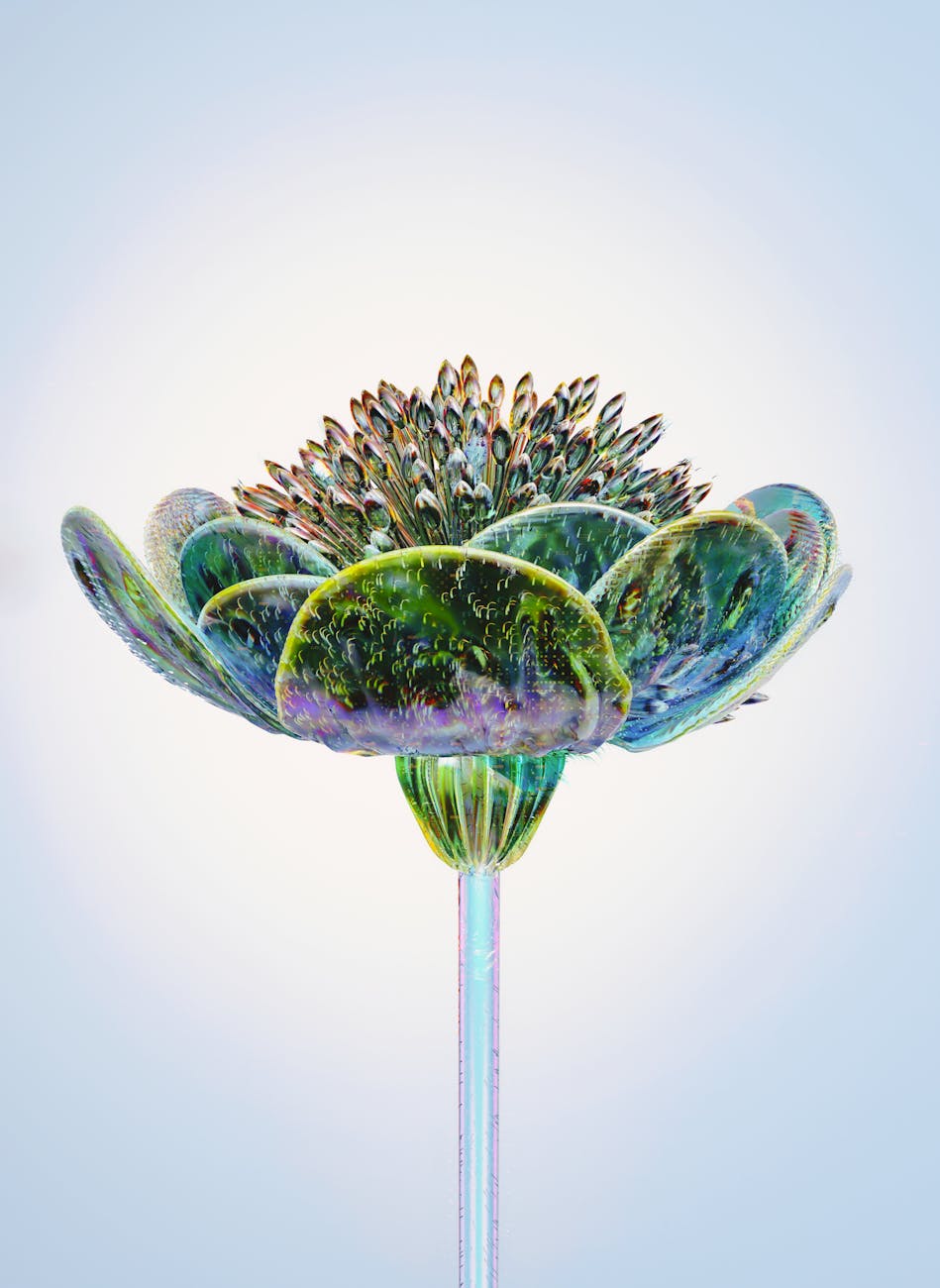AI Art Apocalypse or Artistic Revolution? 5 Ways AI Will Change Creativity FOREVER

AI Art Apocalypse or Artistic Revolution? 5 Ways AI Will Change Creativity FOREVER
Imagine a world where breathtaking masterpieces are conjured not by human hands, but by algorithms. Sounds like science fiction? Think again. AI art is here, and it’s shaking the foundations of the creative world. Will it lead to the demise of human artists, or unlock a new era of unprecedented artistic expression? Let’s dive into five ways AI is poised to reshape creativity forever.
1. Democratization of Art: Unleashing the Inner Artist in Everyone
For centuries, artistic skill required years of dedicated training. AI art tools are changing that. Imagine having access to a virtual art teacher, instantly generating variations on your ideas, suggesting color palettes, and even refining your brushstrokes. Suddenly, anyone with a concept and a computer can create stunning visuals – a true democratization of art.
The “Anyone Can Do It” Factor: A Double-Edged Sword?
While this accessibility is exciting, it also raises concerns. Will the flood of AI-generated art dilute the value of human artistic skill? Will it lead to an oversaturation of the market, making it harder for human artists to stand out? The answer, as with most technological advancements, is complex.
2. The Rise of the “AI Art Director”: Collaboration, Not Replacement
Instead of replacing human artists, AI is increasingly becoming a powerful collaborative tool. Think of it as a super-powered assistant. Artists can use AI to generate initial concepts, experiment with different styles, and refine their work with unprecedented speed and precision. The human artist remains the director, the visionary, guiding the AI to create their artistic vision.
Beyond Brushes and Pixels: New Artistic Mediums
AI is also enabling entirely new forms of artistic expression. Imagine composing music with an AI that understands your emotional intent or creating interactive sculptures that respond to the viewer’s presence. The possibilities are genuinely boundless.
3. Hyper-Personalization: Art Tailored Just For You
AI’s ability to analyze vast datasets opens doors to hyper-personalized art experiences. Imagine an AI creating a unique painting based on your personality, memories, or even your dreams. This level of customization would transform how we interact with art, making it deeply personal and meaningful.
The Ethics of Algorithmic Art: Transparency and Ownership
However, this personalization raises important ethical questions. Who owns the copyright to AI-generated art? How do we ensure transparency in the algorithms used to create it? These are crucial discussions that need to happen as AI art becomes more mainstream.
4. Accelerated Innovation: Pushing the Boundaries of Creativity
AI can analyze millions of artworks across different styles and periods, identifying patterns and trends that might be missed by the human eye. This allows artists to push the boundaries of their craft, experimenting with new techniques and styles in ways previously unimaginable. AI becomes a catalyst for radical innovation.
Unexpected Artistic Discoveries: The Algorithm as Muse
Some artists are already reporting that AI has inspired them in unexpected ways. The algorithm, in essence, becomes a collaborator, a muse that suggests novel approaches and solutions.
5. The Blurring Lines: What Defines “Art” Anyway?
Perhaps the most profound impact of AI on art is its challenge to our very definition of what constitutes “art.” If an algorithm can generate a visually stunning and emotionally resonant piece, does it qualify as art? This philosophical question is at the heart of the debate, forcing us to re-evaluate our understanding of creativity and artistic expression.
Redefining Artistic Merit in the Age of AI
The criteria for evaluating artistic merit may need to evolve to accommodate AI-generated art. We might need new frameworks that consider not only aesthetic qualities but also the process of creation, the intent of the artist, and the impact of the work on the viewer.
Ultimately, the question of whether AI will replace human artists is likely a false dichotomy. AI is more likely to become a powerful tool, a collaborator, a muse, pushing the boundaries of creativity in ways we are only beginning to understand. The future of art is a collaboration between human ingenuity and artificial intelligence.
What do YOU think? Let us know below!



